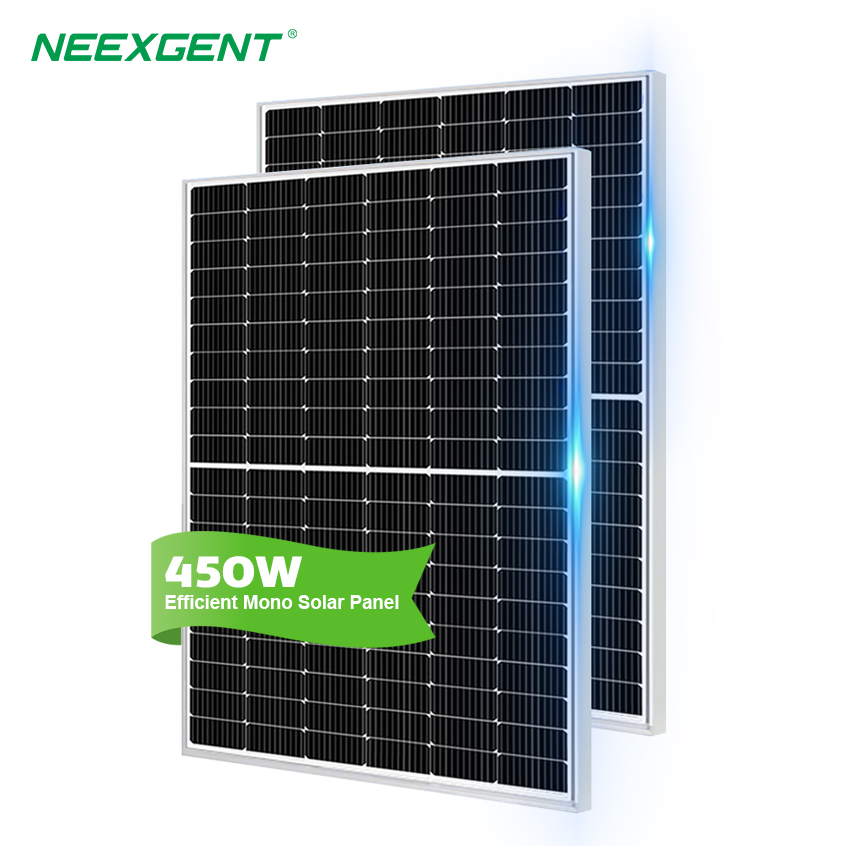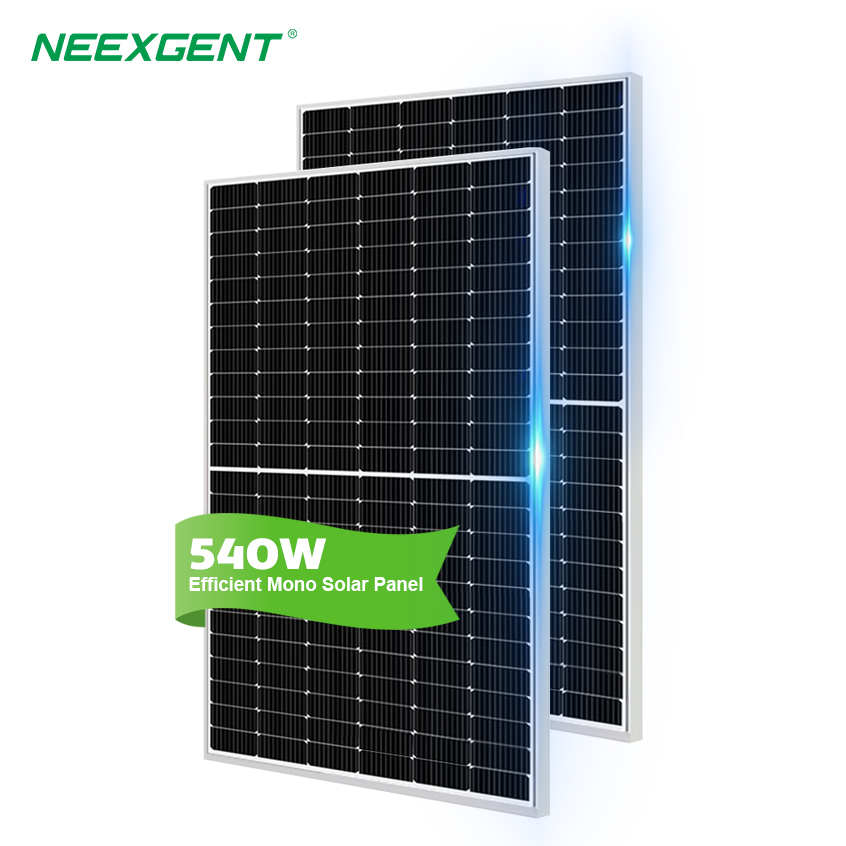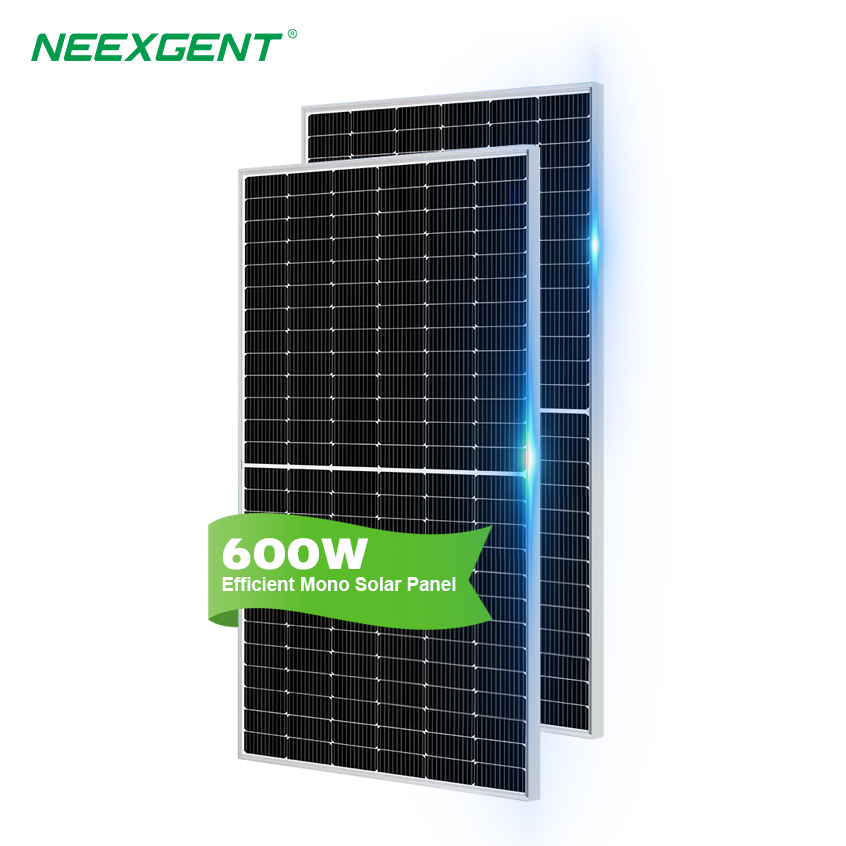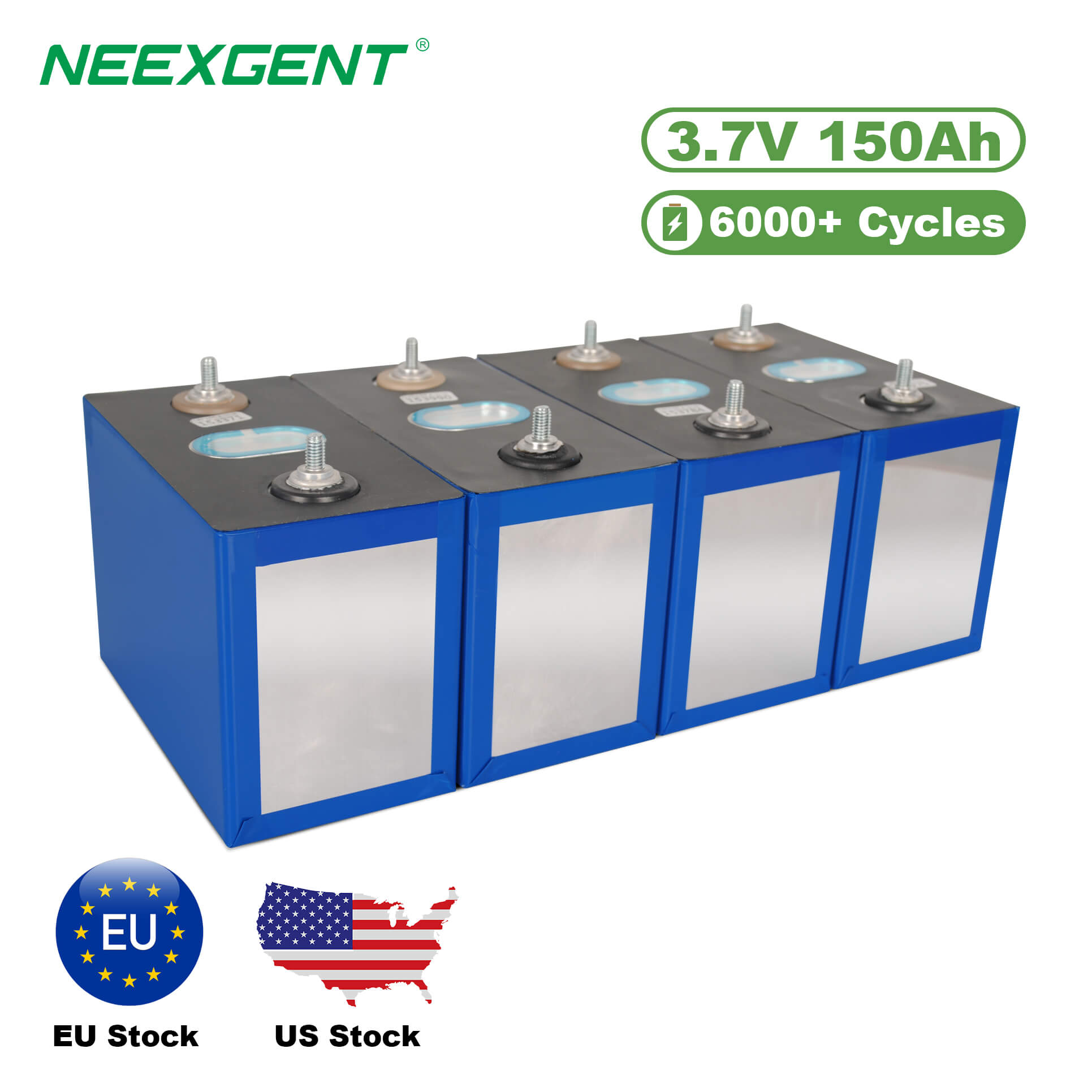Contents:
In an age where technology is advancing rapidly and energy demands are skyrocketing, the need for renewable energy solutions has never been more pressing. Among these, solar energy stands out as one of the most viable, clean, and accessible sources. But while traditional solar panels are efficient, they are often bulky, visually intrusive, and easy to spot — features that are not ideal for certain sensitive or aesthetic applications. This is where covert solar panels come into play.

Introduction to Covert Solar Panels
Covert solar panels, sometimes referred to as hidden solar panels or stealth solar technology, are specially designed photovoltaic systems that are meant to blend seamlessly into their environment or remain completely undetectable to the casual observer. Unlike conventional panels that are typically installed in open view on rooftops or solar farms, covert solar panels are engineered to provide the benefits of solar energy while maintaining a discreet or even invisible presence.
This unique capability makes them especially valuable in a variety of applications — from military and surveillance to architecture, consumer electronics, and even vehicles.
How Do Covert Solar Panels Work?
At their core, covert solar panels still follow the basic principle of photovoltaic energy generation. They convert sunlight into electricity using semiconducting materials like silicon. However, what sets them apart is how they’re integrated or disguised within other materials or objects.
There are several strategies and technologies used to achieve this covert capability:
1. Camouflaged Solar Panels
These panels are designed to mimic the appearance of common building materials — such as shingles, tiles, or even glass — so that they blend in with rooftops or facades. Companies like Tesla have developed solar roof tiles that look virtually identical to traditional roofing, yet serve as fully functional solar panels.
2. Transparent or Semi-Transparent Solar Cells
These are designed to allow light to pass through while still capturing energy. They can be integrated into windows, glass walls, or skylights. The technology often uses organic photovoltaics (OPVs) or dye-sensitized solar cells (DSSCs) to achieve partial transparency.
3. Flexible and Ultra-Thin Panels
Some covert solar panels are made to be bendable and extremely thin, allowing them to be installed on irregular or hidden surfaces. These are often used in military equipment, portable solar chargers, or even embedded within clothing.
4. Infrared and Low-Light Sensitivity
Covert solar panels used in military or tactical applications may be designed to work under low-light or infrared conditions, allowing for operation without giving away positions or intentions. They may also have surfaces that absorb light without reflecting it, reducing detectability.
Applications of Covert Solar Panels
1. Military and Defense
Arguably the most important and sensitive use of covert solar panels is in military operations. Soldiers operating in hostile or remote environments benefit from having a reliable, renewable source of power for communication devices, night-vision equipment, and drones. Covert solar gear can be embedded in backpacks, uniforms, or vehicles without attracting attention. This allows for silent energy harvesting without revealing the unit’s location.
Military bases can also use solar panels disguised within infrastructure to avoid becoming targets while still lowering their dependence on fuel logistics.
2. Surveillance and Intelligence
Covert surveillance operations require hidden cameras, sensors, and data transmission systems — all of which need power. Covert solar technology allows these systems to be powered continuously without external wires or obvious energy sources. Solar-powered surveillance units can be embedded in street signs, rocks, or foliage, making them perfect for long-term remote operations.
3. Architecture and Urban Design
Modern architecture emphasizes clean lines and integrated design. Homeowners and architects often reject bulky solar panels for aesthetic reasons. Covert solar panels provide a solution by offering building-integrated photovoltaics (BIPV) — where solar technology is embedded in roofing, windows, or walls. These systems allow buildings to generate clean energy without compromising their visual appeal.
4. Consumer Electronics
Imagine a smartphone that charges itself through its screen, or a smartwatch that doesn’t need to be plugged in. Covert solar panels are being researched and integrated into wearables, mobile devices, and accessories. Though the energy yield is currently limited, the potential for self-charging electronics is a compelling use case for this technology.
5. Transportation
Solar panels that are integrated into the surface of vehicles — such as cars, trucks, boats, or even aircraft — can help power onboard systems without being visibly obvious. For example, solar coatings can be applied to vehicle exteriors that remain nearly invisible to the naked eye while still harvesting energy.
Benefits of Covert Solar Panels
-
Aesthetic Appeal: By blending into the background, these panels make solar energy adoption more acceptable in design-conscious settings.
-
Stealth and Security: Especially for military or intelligence applications, being undetectable is a critical advantage.
-
Space Efficiency: Covert panels make use of previously unused surfaces, increasing the total energy harvested without requiring extra space.
-
Sustainability: Like all solar tech, covert solar panels help reduce carbon emissions and reliance on fossil fuels.
-
Versatility: Their ability to be integrated into many materials and forms opens the door for creative energy solutions.
Challenges and Limitations
Despite their promise, covert solar panels are still an emerging technology with several limitations:
-
Lower Efficiency: Because they prioritize aesthetics or camouflage, these panels often sacrifice efficiency. Transparent or colored coatings can reduce the amount of sunlight absorbed.
-
Cost: The materials and engineering required to make solar panels covert can be significantly more expensive than traditional systems.
-
Durability: Some flexible or thin-film technologies may not be as robust as conventional panels, limiting their lifespan in certain environments.
-
Scalability: Large-scale energy generation is still more practical with visible, high-efficiency solar panels — meaning covert panels are currently better suited for niche or supplemental roles.
Covert solar panels represent a fascinating fusion of science, design, and strategy. By offering the ability to generate clean energy while staying hidden or unobtrusive, they open up possibilities that traditional solar panels simply can’t achieve. Whether it’s empowering troops in the field, enabling spy gear to run silently, or helping designers maintain a building’s aesthetic, the applications are as diverse as they are innovative.
FAQs
1. What makes covert solar panels different from traditional solar panels?
Covert solar panels are specifically designed to blend into their surroundings or remain hidden, whereas traditional solar panels are visible and often mounted on rooftops or open structures. Covert panels may be disguised as building materials, embedded in glass, or integrated into wearable or mobile devices — all while still generating solar power.
2. Are covert solar panels less efficient than regular ones?
Generally, yes. Because covert panels prioritize appearance or discretion, they often use semi-transparent, colored, or camouflaged materials that absorb less sunlight than standard black or blue crystalline panels. However, ongoing advancements in materials science are helping to narrow this efficiency gap.
3. Where are covert solar panels most commonly used?
Covert solar panels are popular in military and surveillance applications, where concealment is critical. They're also increasingly used in architecture (e.g., solar windows or roof tiles), transportation (e.g., solar-integrated car exteriors), and electronics (e.g., self-charging wearables or sensors).
4. Can covert solar panels be used in residential buildings?
Absolutely. Many homeowners and architects opt for building-integrated photovoltaics (BIPV), such as solar shingles or glass, to maintain the visual design of a home while still benefiting from solar energy. These panels offer a balance between function and aesthetics.
5. Are covert solar panels more expensive to install?
Yes, typically. Covert solar panels often require specialized materials, custom integration, and more complex installation processes, which can drive up costs compared to standard solar panels. However, for applications where aesthetics, stealth, or space-saving are priorities, the investment can be worthwhile.






